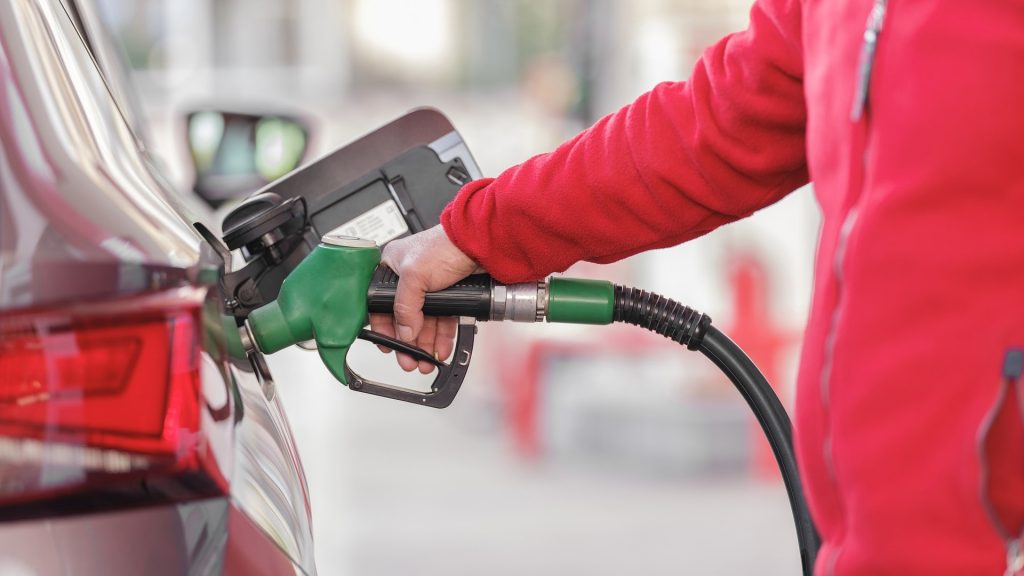The differing trends in gas station networks across Europe reflect changing economic pressures and business models.
Others are reading now
Energy infrastructure plays a crucial role in ensuring mobility and economic stability.
Across Europe, gas stations have had to adapt to new challenges, from shifting fuel consumption patterns to increased competition.
While some countries struggle to keep service points open, others continue to expand their networks despite industry-wide transformations.
As reported by El Economista, the situation is particularly dire in France, where gas stations have been closing at an alarming rate.
Also read
Gas Stations Close in France and Germany
In France, the gas station network has been shrinking rapidly, with over 100 closures each year since the COVID-19 pandemic, according to the French website autoactu.com.
Francis Pousse, head of the fuel and energy distribution sector at Mobilians, a mobility industry group, described the situation as “potentially explosive.”
He warned that “access to fuel will become increasingly restricted.”
Germany is facing a similar trend. The country experienced minimal closures until 2023, when 368 gas stations were shut down.
In response, Mobilians has called for government subsidies to prevent further losses and ensure continued access to fuel.
Spain Expands Its Gas Station Network
In contrast, Spain has installed 677 new gas stations between 2020 and 2024, according to FuelsEurope data.
This expansion has positioned Spain as the third-leading country in Europe for new stations, behind only Germany and Italy.
However, the growth is accompanied by significant changes in the business landscape. Inés Cardenal, spokesperson for the Spanish Association of Petroleum Products Operators (AOP), explains that “large stations are closing, but small ones are opening.”
These smaller, independent stations became popular as investment opportunities during economic uncertainty.
Despite recovering demand, sales per station have dropped—from 3.5 million liters to 1.8 million on average.
Cardenal attributes the market’s success to the rise of “low-cost” stations, which have boosted competition and helped Spain avoid the need for emergency financial aid seen in other countries.
Spain’s evolving fuel sector has allowed its gas station network to thrive while other European countries face contraction and stagnation.


